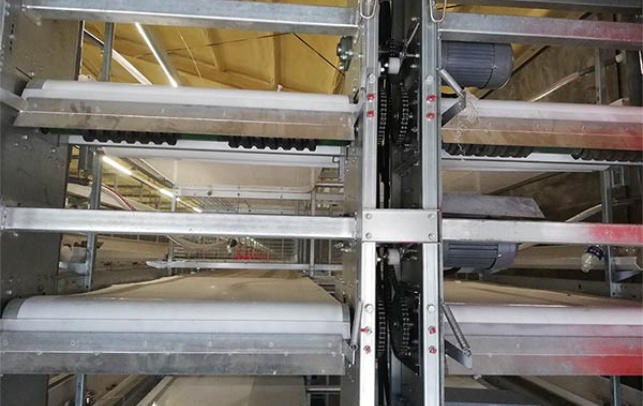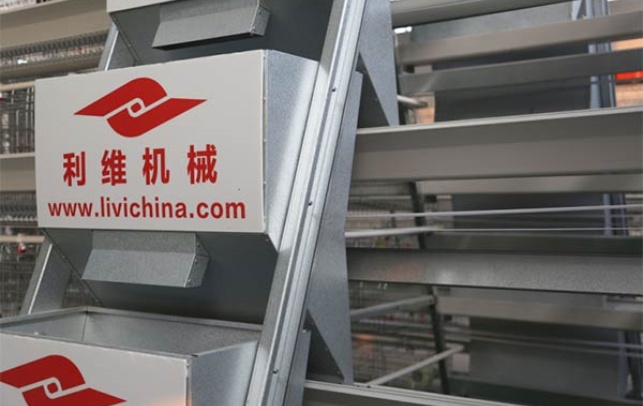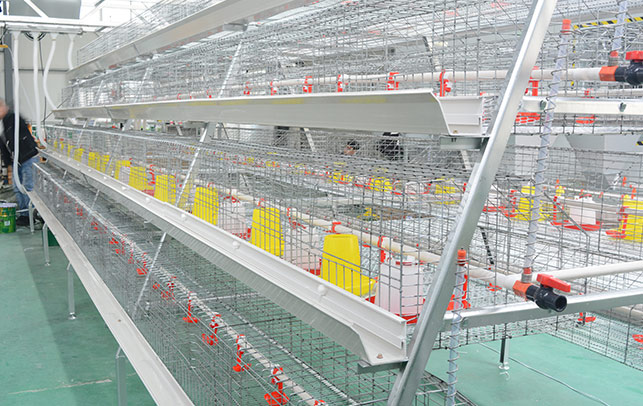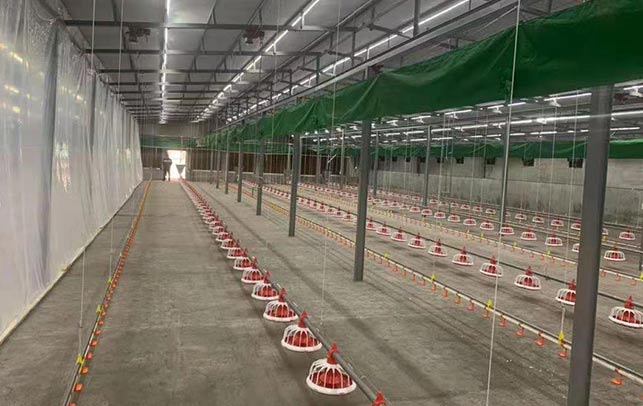What Should Know When Transferring Laying Hens Into Chicken Cages?
Time : 2024-06-07
Transferring laying hens into chicken cages is a significant decision for poultry farmers, as it can impact the well-being and productivity of the birds. In this detailed blog post, we will discuss everything you need to know when transitioning laying hens into chicken cages. We will explore the reasons for transferring hens, the process of moving them into cages, key considerations to ensure a smooth transition, and best practices for managing hens in their new environment.
1. Reasons for Transferring Laying Hens Into Chicken Cages
a. Improved Management:
Moving laying hens into cages allows for better management and monitoring of the birds. Cages provide a controlled environment that facilitates observation, feeding, and health checks, leading to more efficient poultry farming practices.
b. Disease Prevention:
Cages help prevent the spread of diseases among laying hens by reducing direct contact between birds and minimizing exposure to pathogens. The controlled environment of cages enables easier cleaning, disinfection, and disease control measures to maintain a healthy flock.
c. Enhanced Egg Quality:
Transferring laying hens into cages can lead to improved egg quality and hygiene. Cages provide a clean and secure space for hens to lay eggs, reducing the risk of contamination and breakage, resulting in higher-quality eggs for consumers.
d. Space Optimization:
Cages allow for efficient use of space in poultry farms, enabling farmers to house a larger number of laying hens in a compact area. This space optimization can lead to increased productivity and profitability for the poultry operation.
2. Process of Transferring Laying Hens Into Chicken Cages
a. Preparation:
Before transferring laying hens into cages, ensure that the cages are clean, disinfected, and equipped with essential amenities such as feeders, waterers, and nesting boxes. Prepare the cages in advance to provide a comfortable and welcoming environment for the hens.
b. Handling and Transport:
Carefully handle the laying hens during the transfer process to minimize stress and injuries. Use gentle handling techniques and appropriate transportation methods to ensure the safety and well-being of the birds during the move.
c. Acclimatization:
Allow the laying hens time to acclimate to their new surroundings in the cages. Monitor the birds closely during the initial days to ensure they adapt well to the cage environment and exhibit normal behaviors such as perching, nesting, and foraging.
d. Monitoring and Adjustment:
Regularly monitor the laying hens in the cages to assess their health, behavior, and egg production. Make any necessary adjustments to the cage environment, feeding regimen, or management practices to optimize the well-being and performance of the birds.
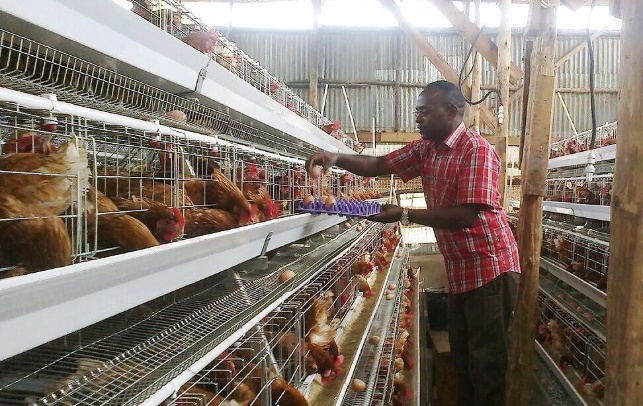
3. Key Considerations When Transferring Laying Hens Into Chicken Cages
a. Cage Size and Design:
Choose chicken cages that provide adequate space, ventilation, and amenities for laying hens to move, perch, nest, and lay eggs comfortably. Consider the size, layout, and features of the cages to ensure the well-being and productivity of the birds.
b. Nutrition and Water:
Ensure that laying hens have access to a balanced diet and clean drinking water in the cages. Monitor feed consumption, egg production, and body condition to adjust the feeding regimen as needed to support the health and performance of the birds.
c. Health and Disease Management:
Implement biosecurity measures to prevent the introduction and spread of diseases among laying hens in the cages. Monitor the health status of the birds, practice good hygiene, and follow vaccination protocols to maintain a healthy flock.
d. Behavioral Enrichment:
Provide enrichments such as perches, nesting boxes, and litter areas in the cages to stimulate natural behaviors and improve the welfare of laying hens. Create a stimulating environment that allows hens to express their natural instincts and behaviors.
4. Best Practices for Managing Laying Hens in Chicken Cages
a. Regular Monitoring:
Monitor the laying hens in the cages regularly to assess their health, behavior, and egg production. Keep detailed records of egg production, feed consumption, and any health issues to track the performance of the birds.
b. Cleaning and Sanitation:
Maintain a clean and hygienic environment in the chicken cages by regularly cleaning and disinfecting the facilities. Remove waste, debris, and soiled bedding to prevent the buildup of pathogens and ensure the health of the hens.
c. Veterinary Care:
Establish a relationship with a poultry veterinarian to provide regular health checks, vaccinations, and disease prevention measures for the laying hens in the cages. Consult with a veterinarian for any health concerns or issues that may arise.
d. Employee Training:
Train farm workers and staff members on proper handling, care, and management practices for laying hens in chicken cages. Ensure that employees are knowledgeable about poultry welfare, biosecurity protocols, and emergency procedures.
Conclusion
Transferring laying hens into chicken cages is a significant step in poultry farming that requires careful planning, preparation, and management. By understanding the reasons for transferring hens, following a systematic process for moving them into cages, considering key factors during the transition, and implementing best practices for managing hens in their new environment, poultry farmers can ensure the health, welfare, and productivity of their laying hens. With proper care, attention, and adherence to best practices, laying hens can thrive in chicken cages and contribute to a successful and sustainable poultry operation.






